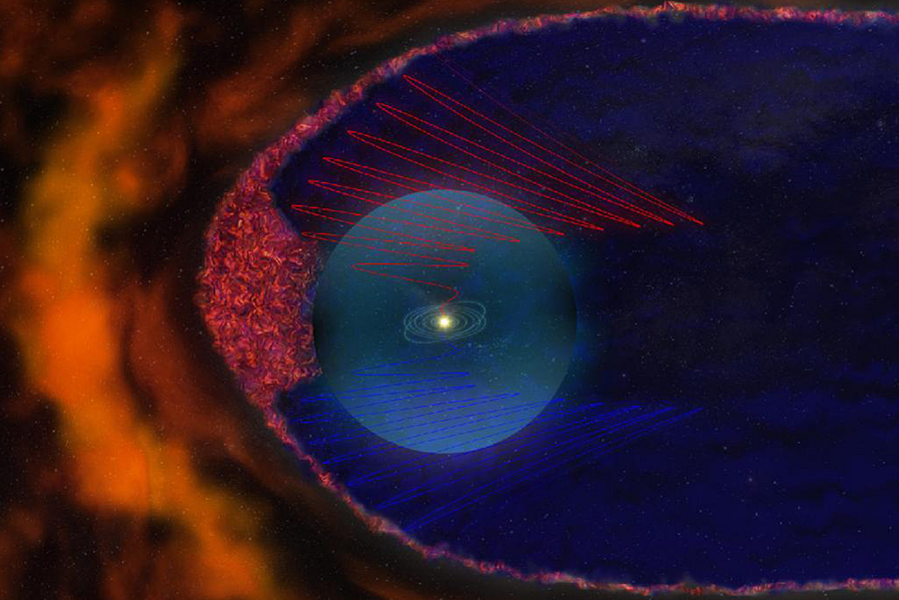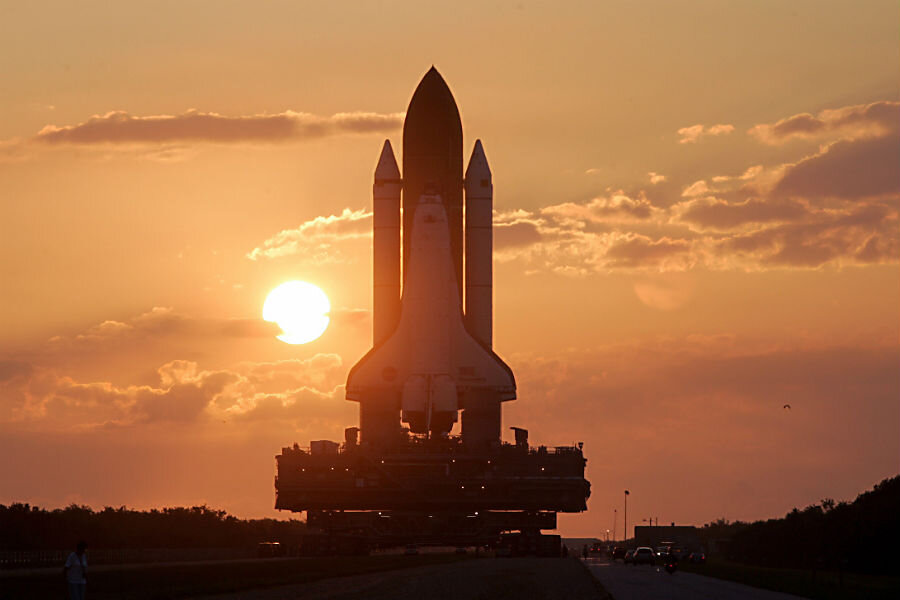Space travel could be a breeze on solar wind
Loading...
Space travel could be on the verge of a revolution, as the Heliopause Electrostatic Rapid Transit System Electric Sail – also known as the HERTS E-Sail – takes a step closer to reality.
This system, intended largely to facilitate particularly long-distance missions, is a technology being championed by NASA, currently under experimentation in Alabama and in partnership with the state university.
HERTS holds the promise of more than halving the time it takes for spacecraft to enter interstellar space, and while its primary goal is to speed spaceships' arrival at the heliopause, the edge of our solar system, it could also be used to boost the timeliness of missions confining themselves to our own planetary system.
The technology works by taking advantage of solar wind, described by Northwestern University in Evanston, Ill., as "a stream of energized, charged particles, primarily electrons and protons, flowing outward from the sun," reaching speeds of up to 900 kilometers per second, and temperatures as high as 1 million degrees Celsius.
To make use of this energy, the spaceship would have at least 10 electrically charged aluminum wires radiating outwards in a circular E-Sail, each wire measuring just one millimeter in diameter but a staggering 20 kilometers (more than 12 miles) in length.
The spacecraft would rotate at a rate of one revolution per hour, and the resulting centrifugal force would gradually expand the wires into position.
Thus equipped, the ship’s navigation would be controlled by varying the amount of voltage running through each wire, altering the electrostatic interactions with the protons tearing past in the solar wind.
Tests being conducted at NASA's Marshall Space Flight Center in Huntsville, Ala., are investigating the rate of collisions between these wires and protons and electrons, implementing the experiments in a plasma chamber to simulate the conditions in space.
It currently takes decades for spacecraft to traverse our solar system and reach the heliopause. NASA's Voyager 1, for example, which is exploring the interstellar medium, took 35 years to reach the edge of our system.
The research underway in Alabama has yielded expectations of that journey-time being reduced to a mere 10 years. But the design of this technology is flexible, adaptable, leading to the hope that it can assist in other space missions.
"Mission and vehicle designers can trade off wire length, number of wires and voltage levels to fit their needs – inner planetary, outer planetary or heliopause," Bruce Wiegmann, leading engineer on the project, told Cosmos Magazine. "The E-Sail is very scalable."









